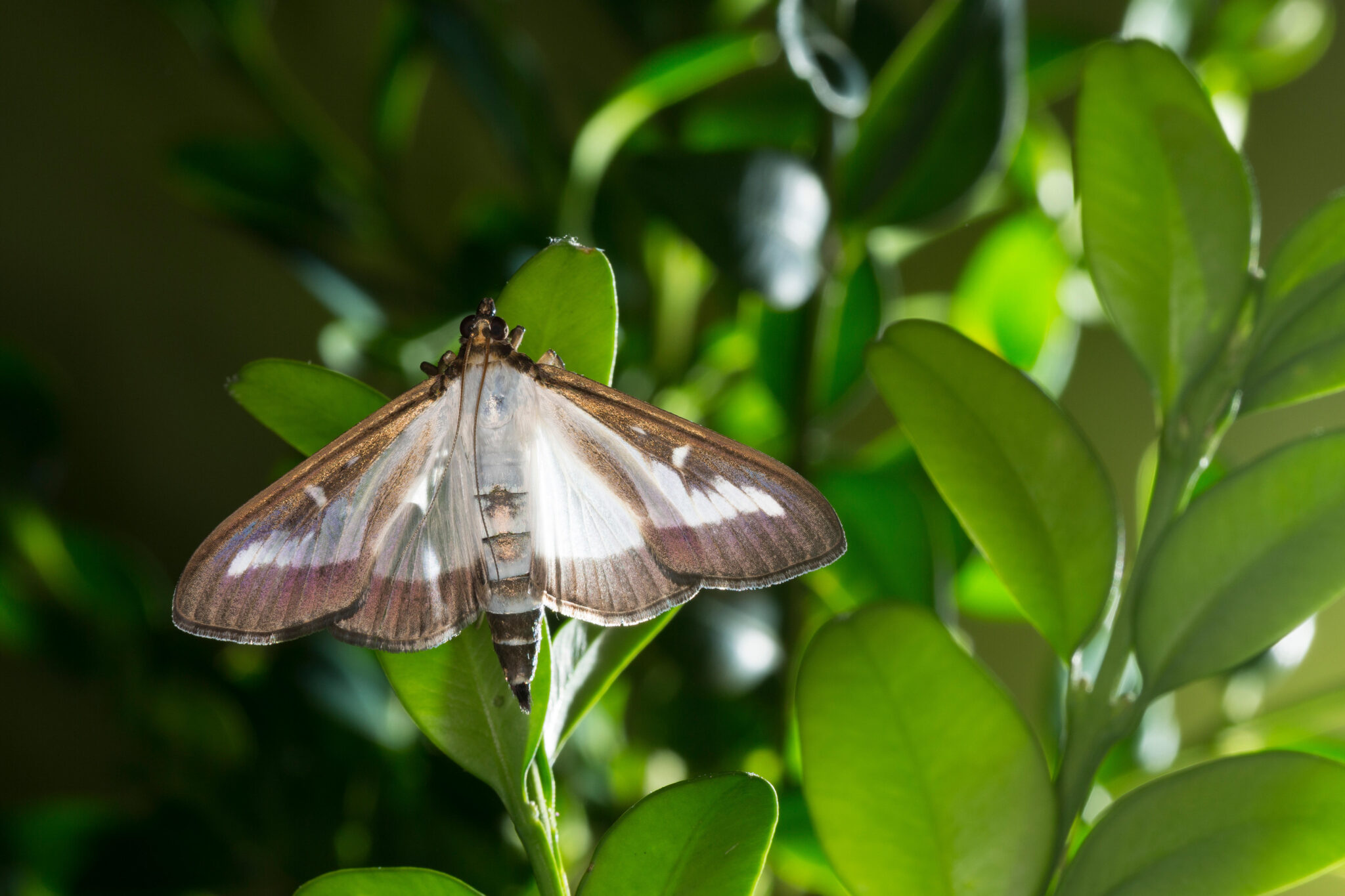Moths can be a significant nuisance, especially when they invade your garden or home. Finding effective, natural ways to keep these pests at bay is essential for maintaining a peaceful and beautiful environment. One innovative solution is using moth repellent trees. These trees offer a natural, eco-friendly method to deter moths and other pests while enhancing the aesthetics of your garden. In this article, we’ll explore the best moth repellent trees, their benefits, and how to choose and care for them.
What is a Moth Repellent Tree?
A moth repellent tree is a type of tree known for its natural properties that deter moths and other insects. These trees produce compounds or have characteristics that are unappealing to moths, making them an effective part of a natural pest control strategy. By incorporating these trees into your garden, you can reduce the reliance on chemical repellents and create a more harmonious ecosystem.
Top Moth Repellent Trees
Lavender Tree (Lavandula spp.)
Features: Lavender trees are renowned for their fragrant flowers and aromatic leaves. The strong scent of lavender is known to repel moths and other insects.
Benefits: Lavender is not only a beautiful addition to any garden but also provides a natural deterrent against moths. Its essential oils are effective in masking scents that attract moths.
How It Helps: The strong aroma emitted by lavender interferes with the moths’ ability to find food and mates, effectively keeping them away.
Cedar Tree (Cedrus spp.)
Features: Cedar trees produce oils and compounds that are well-known for their pest-repelling properties.
Benefits: Cedar is a long-lasting and durable option for moth control. Its oils, found in the wood and foliage, act as a natural insecticide.
How It Helps: The natural oils released by cedar deter moths and other insects by disrupting their sensory perception.
Eucalyptus Tree (Eucalyptus spp.)
Features: Eucalyptus trees are distinguished by their aromatic leaves and fast growth. They are effective in repelling a range of pests, including moths.
Benefits: In addition to their moth-repellent qualities, eucalyptus trees are valued for their medicinal properties and distinctive appearance.
How It Helps: The strong scent of eucalyptus leaves and their natural oils are unpleasant to moths, keeping them at bay.
How to Choose the Best Moth Repellent Tree for Your Garden
When selecting a moth repellent tree for your garden, consider the following factors:
- Climate: Ensure the tree you choose is suitable for your local climate. Some trees thrive in specific conditions and may not perform well if the environment is unsuitable.
- Soil Type: Different trees have different soil requirements. Choose a tree that matches the soil type in your garden for optimal growth and effectiveness.
- Maintenance: Consider the level of care required for the tree. Some trees need more attention than others, so choose one that fits your maintenance preferences.
Planting and Caring for Moth Repellent Trees
- Planting:
- Choose a location with appropriate sunlight and soil conditions for the tree you have selected.
- Dig a hole that is twice as wide as the root ball and as deep as the root ball.
- Place the tree in the hole, ensuring it is at the same depth as it was in the container. Fill the hole with soil and water thoroughly.
- Caring:
- Regularly water the tree, especially during dry periods.
- Mulch around the base to retain moisture and suppress weeds.
- Prune as needed to maintain the tree’s shape and health.
Additional Natural Moth Control Solutions
In addition to planting moth repellent trees, consider incorporating other natural methods such as:
- Herbal repellents like rosemary and mint.
- Natural predators such as birds and beneficial insects.
- Proper garden maintenance to eliminate potential moth breeding grounds.
Conclusion
Moth repellent trees offer an elegant and effective solution to managing moth populations naturally. By choosing the right tree for your garden and providing proper care, you can enjoy a moth-free environment while enhancing your garden’s beauty. Explore the options and find the perfect moth repellent tree for your space.
Call to Action
For more information on selecting and caring for moth repellent trees, visit Grandma Gardens. Discover how our resources can help you create a beautiful and pest-free garden.

